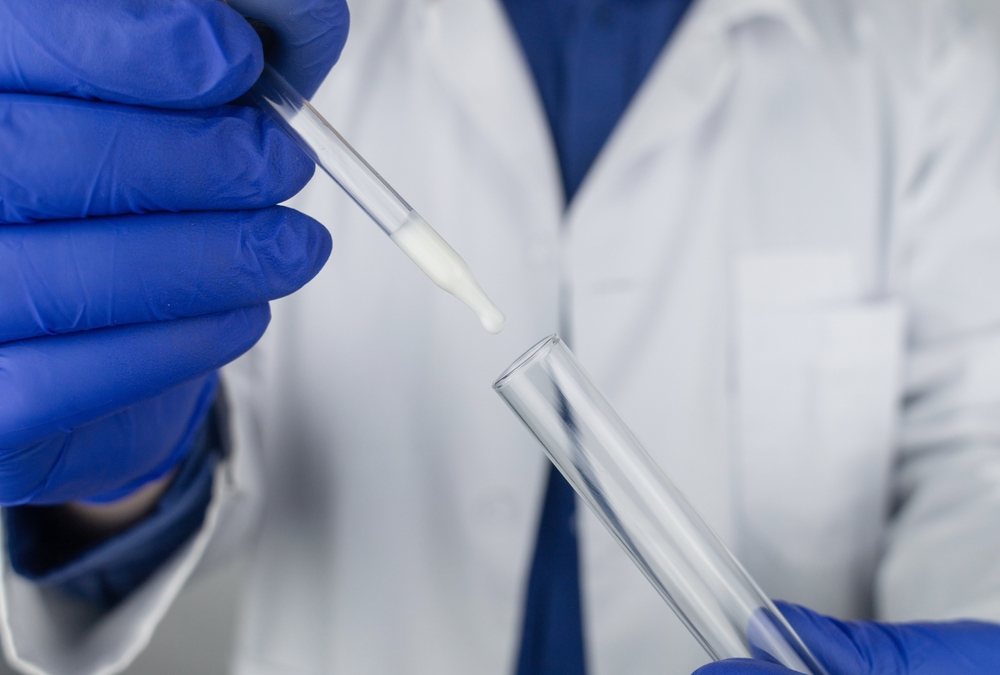
This procedure involves cutting and sealing the vas deferens, the tubes that carry sperm. Vasectomy is known for being a safe and effective method of contraception used to prevent unwanted pregnancies.
A vasectomy is performed to provide permanent birth control for men who do not wish to father children. During this procedure, the vas deferens (sperm-carrying tubes) are cut and sealed, preventing sperm from mixing with semen. Vasectomy is a reliable and effective method for preventing unwanted pregnancies and is typically performed in a clinical setting under local anaesthesia.
The primary purpose of a vasectomy is to provide permanent contraception. By preventing sperm from mixing with semen, it effectively prevents pregnancy. Vasectomy offers a permanent solution for couples looking for family planning and birth control. Unlike temporary methods like birth control pills or condoms, vasectomy provides a long-lasting and reliable option.
A vasectomy is usually performed in a clinical setting under local anaesthesia. Initially, the doctor makes a small incision on the scrotum to access the vas deferens. The tubes are then cut, tied, or sealed, and the incision is closed with stitches. The procedure usually takes about 15-30 minutes, and patients can typically go home the same day.
Post-procedure, mild pain, swelling, and bruising are normal and usually resolve within a few days. Patients should rest and avoid heavy physical activities following the procedure. It may take several weeks or months for sperm to completely clear from the semen. Therefore, doctors often recommend a follow-up sperm analysis a few months later to confirm the procedure's success.
One of the main advantages of vasectomy is its effectiveness and reliability as a method of permanent birth control. It has a high success rate in preventing unwanted pregnancies compared to other temporary methods like birth control pills or condoms. Additionally, vasectomy does not cause hormonal imbalances or affect sexual performance.
However, as with any surgical procedure, vasectomy carries certain risks and potential complications. These may include post-procedure infection, bleeding, and scrotal pain. There is also a rare risk of the vas deferens reconnecting, potentially restoring fertility. Any unusual symptoms following the procedure should be reported to a doctor immediately. Patients should discuss all risks and complications with their doctor before undergoing the procedure.
After a vasectomy, it is crucial for patients to monitor their symptoms and follow their doctor’s instructions carefully. Mild pain, swelling, and bruising are normal but typically resolve within a few days. Patients should rest and avoid strenuous physical activities. It is also essential to take prescribed pain relievers and antibiotics as directed to reduce the risk of infection.
It may take several weeks or months for sperm to be entirely absent from the semen. Therefore, doctors usually recommend using additional birth control methods until a follow-up sperm analysis confirms the success of the procedure. Regular doctor check-ups are important to monitor healing and detect any possible complications. This follow-up care ensures a smooth recovery and the long-term success of the vasectomy. For more information and to schedule an appointment, contact EMPCLINICS.
No, a vasectomy does not affect sexual desire, erections, or performance. The procedure only prevents sperm transport and has no impact on sexual function.
Most men can return to work within 1-2 days after a vasectomy. However, those with physically demanding jobs may need a few additional days of rest.
A vasectomy is one of the most reliable methods of birth control. When performed correctly, it nearly eliminates the risk of pregnancy.